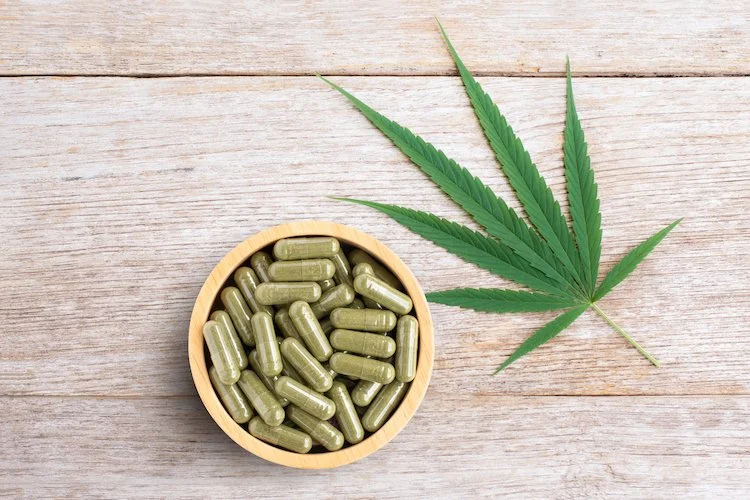CBDA & CBGA: Lesser-Known Cannabinoids in the Spotlight
by Billee Sharp
Research into medical cannabis is increasing our understanding of cannabinoids exponentially. The most recent scientific studies estimate at least 113 identified cannabinoids with many more still to be formally recognized. Many of these cannabinoids have not yet been studied in isolation and as such, must be considered as forming part of the entourage effect of full spectrum cannabis products. Of the cannabinoids that are currently being researched the perceived benefits continue to grow. In this article I’ll be focussing on just two of the cannabinoids that have recently come to the fore: CBDa and CBGa.
The “a '' at the end of CBDa and CBGa stands for acid, These acid cannabinoids are the precursors to CBD and CBG respectively. CBDa, (Cannabidiolic acid) and CBGa (Cannabigerolic acid) are the forms in which the cannabinoids naturally exist in the plant. When either cannabinoid is exposed to temperatures of 250 degrees F during processing, they convert to CBD and CBG respectively, through a process known as decarboxylation.
In Jan 2022 Oregon State University published results of research on the combined effect of CBDa and CBGa on inhibiting the Sars-Covid -19 coronavirus. The two cannabinoids appeared to bind to the coronavirus spike protein and prevent the virus from entering human cells. While the research was conducted in laboratory conditions and not on human subjects the positive evidence was significant and consequently further research is underway.
How the acid form of cannabinoids differs from the cannabinoid form is not entirely known. What we do know is that cannabinoids in acid form are highly bioavailable as they are consumed in their raw state. Both CBDa and CBGa exhibit the properties of CBD and CBG but in acid form, the cannabinoid appears to have a heightened effect on certain conditions.
CBDa is particularly indicated for its influence on serotonin production, the rapid onset of effect is extremely useful to those with mood issues.
CBDa like CBD is highly indicated for its anti-inflammatory properties and is proving to be a significant inhibitor of nausea.
In the world of medical cannabis research CBGa it is known as “the mother of all cannabinoids”. Quite literally all the other cannabinoids first appear as the CBGa cannabinoid, which later converts to CBG, CBDa, THCa, etc. Early research into CBGa has shown that it activates PPAR receptors which control levels of cholesterol and triglycerides, both of which make it particularly useful for both prevention of diabetic conditions and for systematic treatment for diabetes and its comorbidities.
CBGa research is ongoing into cancer treatment, with a recent study suggesting CBDa targets colon cancer cells. CBGa also shows promising results with bladder dysfunctions, neurodegenerative diseases and cardiovascular issues.
The interaction of CBDa and CBGa on our endocannabinoid system enables the ECS to maintain our homeostatic balance and for our immune system to function at full capacity. As neither CBGa or CBGa have psychoactive effects, these cannabinoids are accessible to all as an immune boosting supplement.
NB. Synergy Wellness “Super Immune” capsules, 30 x 25mg (17mg CBDa 8mg CBGa) #241 $75.00
Sources:
“What are CBDa and CBGa?” Eleanor Thompson, Jan 2022, Green Life Remedies
“Effects of low-dose CBGa as nausea inhibitor” E M Rock L A Parker




